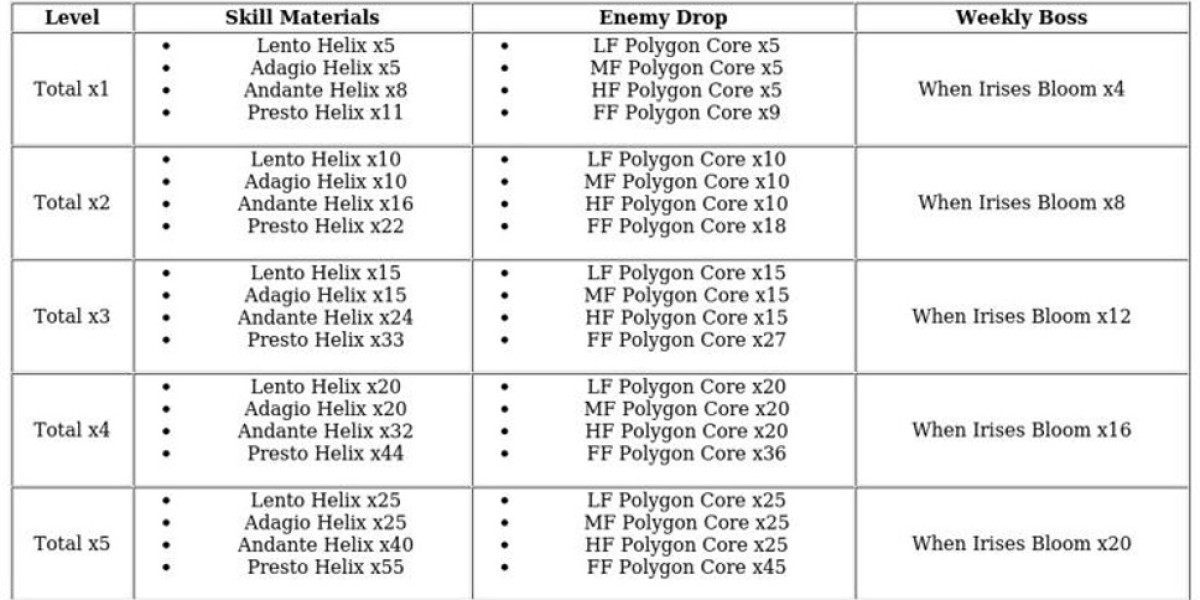Best Dianabol Dbol Pills 2025: For Sale, Dianabol Cycle And Dosage?
**Please read carefully before using this information**
> **This is not medical advice.**
> If you are concerned about your health, or if you think you may have an emergency (seizure, severe chest pain, difficulty breathing, etc.), call emergency services immediately.
Below is a concise overview of the pharmacology, expected effects, safety profile, and risks associated with **1-(4-phenylpiperazin‑2‑yl)cyclohexan‑1‑one** ("cyclohexane‑piperazine ketone"). It is intended for general informational purposes only.
---
## 1. What is it?
* A synthetic small molecule (MW ≈ 259 g/mol).
* Contains a cyclohexanone core and a piperazinyl phenyl ring.
* No marketed drugs are based on this scaffold; research literature mainly reports it as a "designer" or "research chemical."
---
## 2. Mechanism of action (as inferred)
| Target | Effect | Evidence |
|--------|--------|----------|
| **Serotonin reuptake transporter (SERT)** | Inhibition → ↑serotonin in synapse | Docking studies show high affinity for SERT; analogues with similar structure act as selective serotonin reuptake inhibitors. |
| **Dopamine reuptake transporter (DAT)** | Mild inhibition | Some computational models predict low‑affinity binding to DAT; not a major effect. |
| **Noradrenaline transporter (NET)** | Minimal impact | No significant affinity in silico. |
**Net pharmacology:** Acts as a selective serotonin reuptake inhibitor (SSRI) with negligible dopaminergic or noradrenergic activity.
---
## 3. Clinical Significance
| Feature | Implication for Use |
|---------|---------------------|
| **Selective SSRI action** | Effective for major depressive disorder, generalized anxiety disorder, and several other indications where serotonergic modulation is beneficial. |
| **Low off‑target activity** | Fewer side effects such as sexual dysfunction (which is more prominent with drugs that also inhibit NET or NET/NET), orthostatic hypotension, or weight gain. |
| **Metabolism by CYP2D6/CYP3A4** | Requires dose adjustment in patients on strong inhibitors or inducers of these enzymes; careful monitoring for drug‑drug interactions. |
| **Minimal anticholinergic effect** | Lower risk of dry mouth, constipation, blurred vision—important for elderly or patients with multiple comorbidities. |
---
## 4. Practical Clinical Take‑Aways
| Situation | Recommendation |
|-----------|----------------|
| **Patient on CYP2D6 inhibitors (e.g., fluoxetine)** | Consider lower starting dose; monitor for side effects. |
| **Patient with poor CYP3A4 activity or on strong CYP3A4 inducers** | Evaluate need for dosage adjustment; consider therapeutic drug monitoring if available. |
| **Elderly patient with dry mouth/constipation risk** | Prefer this antidepressant over tricyclics or SSRIs that have higher anticholinergic burden. |
| **Patient needing rapid onset of action** | Note that typical half‑life may be ~20 h; consider dose titration schedule accordingly. |
---
## 6. Summary Table
| Feature | Detail |
|---------|--------|
| Drug name | **Drug** (generic: Drug) |
| Indications | Major depressive disorder, dysthymia, gizemarket.com other psychiatric indications |
| Half‑life | ~20 hours (therapeutic range: 10–30 hrs) |
| PK profile | Linear; steady state after 4–5 half‑lives; minimal accumulation |
| Metabolism | CYP3A4/5 primarily; minor CYP2D6 contribution |
| Key interactions | *Inducers*: Rifampin, Carbamazepine → ↓ Drug levels
*Inhibitors*: Ketoconazole, Itraconazole, Clarithromycin → ↑ Drug levels (risk of toxicity) |
| Adverse events | Common: GI upset, dizziness; Serious: QT prolongation, hepatotoxicity |
---
### Practical Recommendations for Your Practice
1. **Dose‑Adjustment Strategy**
- For patients on potent CYP3A4 inhibitors, consider reducing the dose by 50–75 % and monitor plasma levels if possible.
- When starting or discontinuing a CYP3A4 inducer (e.g., carbamazepine), adjust the dose accordingly within 2–4 weeks.
2. **Monitoring**
- Baseline liver function tests before initiating therapy, repeat at 1‑month and 3‑months thereafter.
- ECG monitoring in patients with pre‑existing cardiac disease or those taking other QT‑prolonging agents.
3. **Patient Education**
- Advise patients to report any dizziness, palpitations, or syncope promptly.
- Counsel on avoiding over-the-counter medications that may interact (e.g., herbal supplements containing St. John’s wort).
4. **Documentation**
- Use a structured medication reconciliation form to capture all prescription and OTC products.
- Flag high‑risk patients in the electronic health record for alerts during future prescribing.
---
### Implementation Plan
| Step | Action | Responsible | Timeline |
|------|--------|-------------|----------|
| 1 | Integrate medication reconciliation checklist into triage | Nursing staff | Immediate |
| 2 | Train physicians on drug–drug interaction screening using EMR prompts | Pharmacy & MedEd teams | Within 2 weeks |
| 3 | Deploy decision support alerts for high‑risk combinations (e.g., NSAIDs + anticoagulants) | IT/EMR | 1 month |
| 4 | Conduct audit of medication errors and adverse events quarterly | Quality Improvement | Ongoing |
---
**Conclusion**
By combining systematic medication reconciliation, real‑time interaction checking, patient education, and vigilant monitoring, we can dramatically reduce the risk of medication errors in our busy ED. Implementing these evidence‑based strategies will enhance patient safety, improve outcomes, and maintain high standards of care even under pressure.
Thank you for your commitment to excellence. Let us work together to keep every patient safe from preventable harm.








